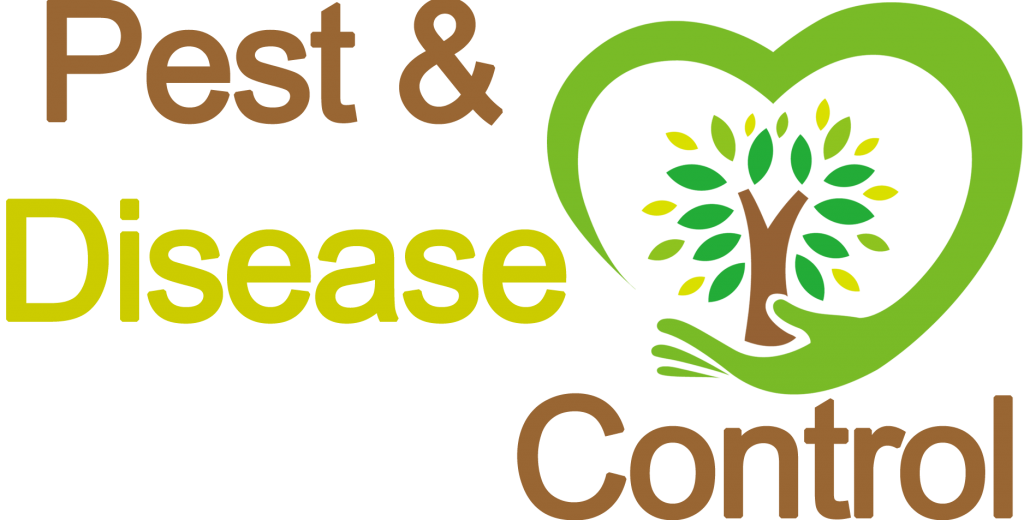Here is an introduction to an article about What is Thiamethoxam? Top 2 Best Thiamethoxam Insecticide.
What is Thiamethoxam?
Thiamethoxam is a common insecticide active ingredient, often used in various pesticides to control pest insects on crops. It is a synthetic compound belonging to the second-generation neonicotinoid group, classified under the chemical subgroup Thianicotinyl. This active ingredient affects receptors in the nervous system of insects, disrupting their internal functions.
Basic information:
Chemical formula: C8H10ClN5O3S
Inventor: Syngenta
Thiamethoxam is not only used as a conventional insecticide but can also be applied directly to plant leaves, soil treatment, and even seed treatment. It is systemic, meaning it can move from plant leaves to roots.
Syngenta first developed Thiamethoxam in 2002. This ingredient has the ability to control various pest insects such as aphids, whiteflies, thrips, beetles, and many others. Crops such as corn, rice, cereals, mangoes, oranges, coffee, cocoa, beans, and pears are suitable for Thiamethoxam application to manage harmful insects.

Mechanism of Action and Pros & Cons
Mechanism of Action:
Thiamethoxam enters the insect’s body and disrupts its nervous system when the insect comes into contact with or consumes it. Under the influence of Thiamethoxam, insects lose control and exhibit symptoms like tremors, paralysis, and eventually death.
Pros and Cons:
Pros:
- It is effective against a wide range of different insects and shows limited resistance from them.
- It is suitable for controlling primarily sap-sucking insects.
- It is systemic and can move from plant leaves to roots.
Cons:
It can harm beneficial insects like honeybees, so caution is needed during use to avoid negative impacts on the environment and ecosystems.
Characteristics and Effects
Characteristics of Thiamethoxam:
- Thiamethoxam easily penetrates through the waxy layers on plants.
- It can be absorbed through the plant’s roots.
- It exhibits strong translocation, moving from the plant to various locations.
- It requires low usage doses.
- It is effective against both piercing-sucking and chewing insects.
Effects of Thiamethoxam:
Thiamethoxam has the ability to prevent and control various pest insects such as piercing-sucking pests, leaf-chewing pests, whiteflies, leafhoppers, scales, and beetles. This active ingredient is commonly used for seed and soil treatment before planting to enhance insect protection.
While Thiamethoxam does not pose serious harm to humans, careful use and adherence to safety guidelines are still important. Caution is necessary to avoid negative effects on beneficial insects like honeybees and aquatic environments.

See more: Thiamethoxam – Wikipedia
Top 2 Thiamethoxam Insecticide
Optigard® AB 100 Ant Bait – Instant Ant Control
The active ingredient in Optigard ant bait is thiamethoxam, a second-generation neonicotinoid insecticide belonging to the thianicotinyl chemical subgroup. Thiamethoxam is a superior active ingredient with the ability to control various harmful insect species.
Due to the unique properties of thiamethoxam, Optigard ant bait spreads easily within ant colonies. Once worker ants consume the bait, Optigard doesn’t cause immediate death. Instead, it capitalizes on the ants’ natural food-sharing behavior. Experimental results show a significant reduction in ant populations within 2-3 days, and the entire ant colony is eliminated within a week or more.
Optigard® AB 100 Ant Bait has a special formula that has been proven to attract the taste preferences of many ant species. Research demonstrates that the attractant effect of Optigard® AB 100 Ant Bait remains for over two weeks after placement, twice as long as other products.
Usage and Advantages: Mechanism of Action
Thiamethoxam targets the nicotinic acetylcholine receptors in the nervous system of insects, disrupting and eventually killing them. This mechanism is distinct from conventional ant control products. [Examples: boric acid formications, pyrethroids, phenylpyrazoles (Fipronil), pyrroles (chlorfenapyr), etc.]
Product Description and Packaging:
Optigard® AB 100 Ant Bait is conveniently packaged for use, containing 0.01% active ingredient in a gel formulation, available in a 30g syringe pump.
Both the active ingredient thiamethoxam and the formulated product exhibit low acute toxicity to mammals via oral, dermal, and respiratory routes. Research indicates that thiamethoxam is non-irritating to the skin and eyes. It does not cause mutations, teratogenic effects, or disruptions in evolution.
Why Choose Optigard AB 100 Ant Bait?
Broad-spectrum effectiveness in controlling various ant species, including Carpenter ants
Colorless and odorless
Non-repellent and transmissible; targets worker ants, young ants, and queen ants
Long-lasting effect for at least 14 days after application (indoors and outdoors)
Packaged in an easy-to-use syringe pump with application tips
How to Use Optigard® AB 100 Ant Bait Gel
Apply the bait at points near ant nests, cracks, and crevices, or areas of ant activity and damage.
Use 1 gram of bait per point.
The product can be applied directly from the product’s syringe or incorporated into other application devices.
Method of Use
Dosage: Sufficient amount
Application Instructions:
Identify areas of ant activity and nests, apply the bait along their trails and surrounding areas. Best applied near ant nests. Ants that feed on the bait will carry it back to the nest, infecting other ants and effectively eliminating the colony.

Actara 25WG Insecticide – Thiamethoxam Syngenta
Composition:
250g/kg Thiamethoxam
Formulation:
Granular Form
Mechanism of Action:
This insecticide has the ability to eliminate insects through contact and oral toxicity. It affects the nervous system by disrupting nerve impulse transmission from sensory organs to the central control centers, leading to loss of insect control and eventual starvation-induced death.
Actara 25WG exhibits strong systemic activity, safeguarding new growth, and is not affected by irrigation or rain. As a new-generation pesticide, it has high selectivity and minimal impact on natural enemies and the environment.
Safety Profile For the Environment:
- Toxicity Level: Group III
- Odorless
- Low or no toxicity to birds, fish, worms, soil microorganisms, and mammals.
- Toxic to honeybees.
- Non-irritating to rabbit skin and eyes.
- LD50 (Oral, rat): 1.563 mg ai./kg
- LD50 (Dermal, rat): >2,000 mg ai./kg
- Minimal impact on beneficial populations. For Human Health and Crops: Safe for crops, applicators, and consumers of agricultural produce.

